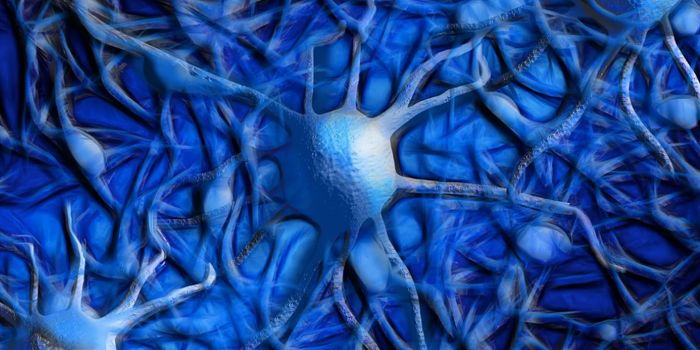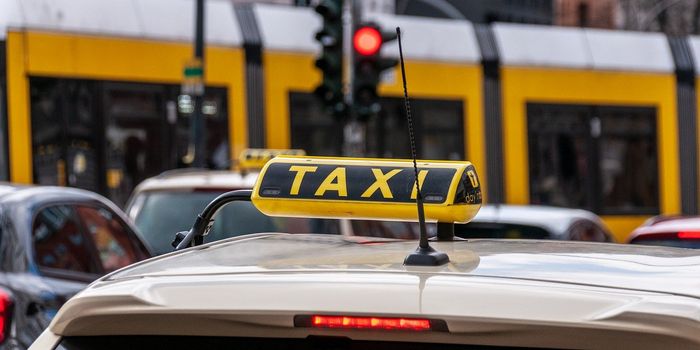When managing, assigning each task to a specialist is often the most efficient strategy. Most researchers regard the brain as working similarly, with each region specialized to a given task. But Johns Hopkins neuroscientists have found, in rats, that the brain's primary visual cortex (VC) not only portrays the visual world but can also drive the timing of actions.

"Here we show that the ‘lowly' visual cortex, rather than simply processing the visual world, is involved in ‘higher' cognitive tasks, like deciding when to time a response," said Marshall G. Hussain Shuler, Ph.D., an assistant professor of neuroscience at the Johns Hopkins University School of Medicine and the senior author on the report, which will appear in the April 8th issue of the journal Neuron.
Traditionally, the brain's lead-up to physical actions was thought to take place in three discrete regions. First, a sensory area, like the VC, would receive stimuli about the world outside; then, an associative area would process that information and choose a course of action; and finally, a motor area would command the appropriate muscles to move. But previous research from the Shuler lab showed that the VC can also "learn" time intervals to set expectations of future rewards. In this study, they examined whether the brain uses that information to decide when to time a response.
To answer that question, they created a situation in which rats had to properly time their actions to receive a reward. The rats were fitted with goggles that would give a flash of light soon after the rat approached a location containing a waterspout. After dozens of trials, the rats learned that they would receive more water from the spout the longer they waited to lick it after the flash of light, but only up to a point. If they waited too long, they wouldn't receive any water at all. Soon, the rats were accurately predicting the ideal wait time for receiving the most water.
During the trials, the researchers recorded the firing of nerve cells within the VC. What they saw was that the firing of a subset of cells coincided with the timing of the rats' licks. When the scientists tweaked the activity of VC cells, the timing of the rats' behavior changed as predicted.
"These observations, along with our formal model rationalizing how they come about, advance our understanding of how the brain learns to appropriately time actions in response to predictive cues and, surprisingly, implicates the visual cortex in that decision-making process," said Shuler.
This work was supported by the National Institute of Mental Health.
Source: Johns Hopkins University









